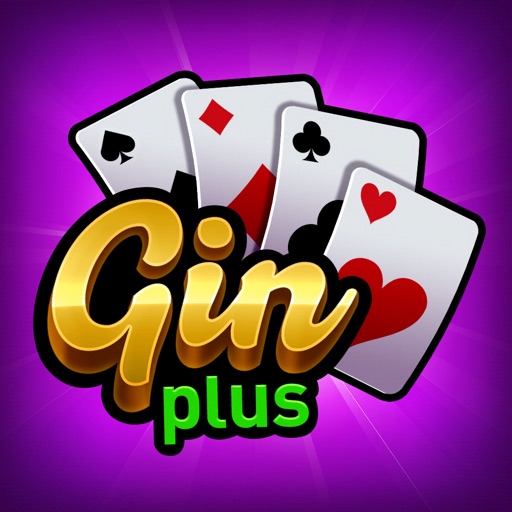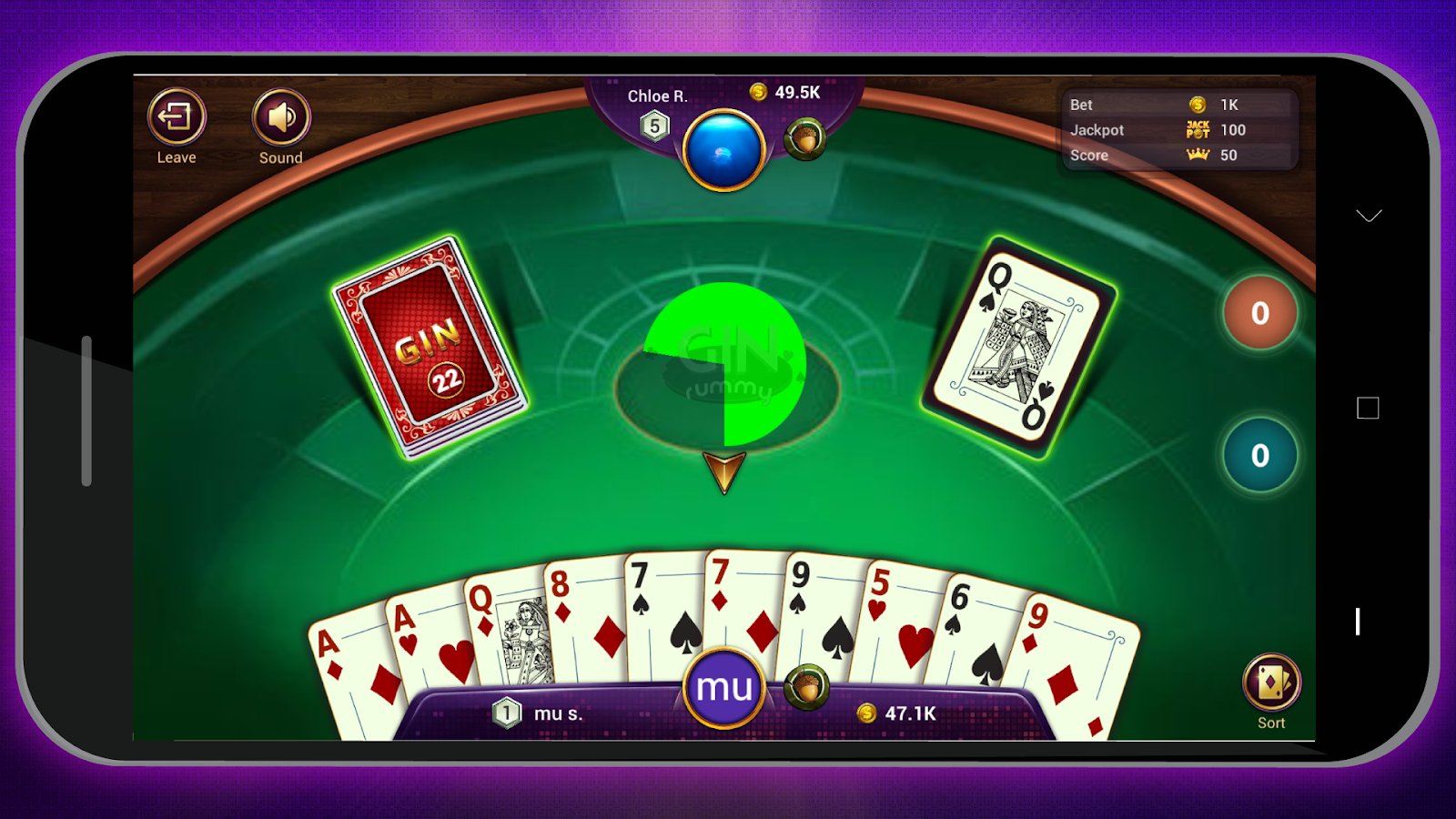

For example, A, 2, 3 of the same suit is a valid run, while Q K A isn’t.
All face cards (J, Q, K) are worth ten (10) points.īecause aces only count as low, they can only be used as such when forming runs. Non-face cards are worth their values, i.e., 2s are worth two points, 7s are worth seven points, etc. So, when counting points, here’s how things break down: In gin, cards are counted from the lowest to the highest, and aces are low. When the dealing is done, the rest of the deck is placed in the middle of the table, and the first card from the top is turned over and placed next to the deck, starting the discard pile. Cards are dealt face down and one at a time. Dealing Cards in GinĪt the start of a round, each player receives ten cards. The overall objective of gin rummy is to be the first player to reach 100 points, which we’ll discuss shortly in the scoring section. Knocking: Placing some of your cards on the table in sets or runs, with remaining unmatched cards (“deadwood”) totaling less than 10 points. Going gin: place all your cards on the table in sets or runs in one go. The objective of gin rummy is to complete the round before your opponent, and you can do this in one of two ways: If you’ve played any other form of rummy before then, gin rules will make perfect sense, and you’ll be ready to play your first game in no time. Gin Rummy RulesĪs mentioned, gin rummy rules are quite straightforward, and if you have any experience with card games in general, you'll have no problems learning and memorizing these. Unlike cribbage, you can fit all you need to play this game in a pocket. That’s pretty much all you need to play the gin card game. Have a pen and a piece of paper handy as well to keep track of the score, as ginrummy makes most sense when played for several rounds. You’ll need a standard deck of playing cards without jokers as these don’t play. There are variations of the game that include a third person, but the natural setup features just two opponents. Gin Rummy is usually played by just two players. Undercut – When the player who knocks has a higher deadwood total than the opponent. Layoff – adding cards from your hand to the melds of the opponent who is knocking. Melds – a common name for sets and runs placed on the table. 
Deadwood – unmatched cards in the hand, i.e., cards not used in any sets or runs.Knocking – completing the round by placing completed melds on the table, with the remaining unmatched cards totaling ten points or under.Going gin – completing the round of gin rummy by placing all the cards from your hand on the table in one go.If you want to become really good at this game, you’ll need to study some strategies and develop the ability to keep track of the cards that have been played to make the best decisions.
#Play gin rummy how to
Learning how to play gin rummy well is a completely different story, though. Rules are quite simple, so you should have no problems picking up on them rather quickly. Stu Ungar, one of the greatest poker players of all times, was a highly proficient gin player before turning his sights to poker. While gin rummy certainly isn’t nearly as complicated or as technical as Texas Holdem, it is often dubbed a skill game by those who play it professionally. It’s still played a lot all over the world, and players enjoy it because it features a nice mix of luck and strategy alike. Gin rummy often referred to as GIN, is an interesting card game that enjoyed great popularity during the early to the mid-20 th century.






 0 kommentar(er)
0 kommentar(er)
